Gardens are not only a feast for the eyes but can also tantalize the taste buds when edible flowers are part of the landscape. Adding edible flowers to your garden not only enhances its visual appeal but also provides a delightful culinary experience. In this guide, we’ll explore creative ways to incorporate edible flowers into your garden designs, allowing you to enjoy both the beauty and flavor of these delightful blooms.
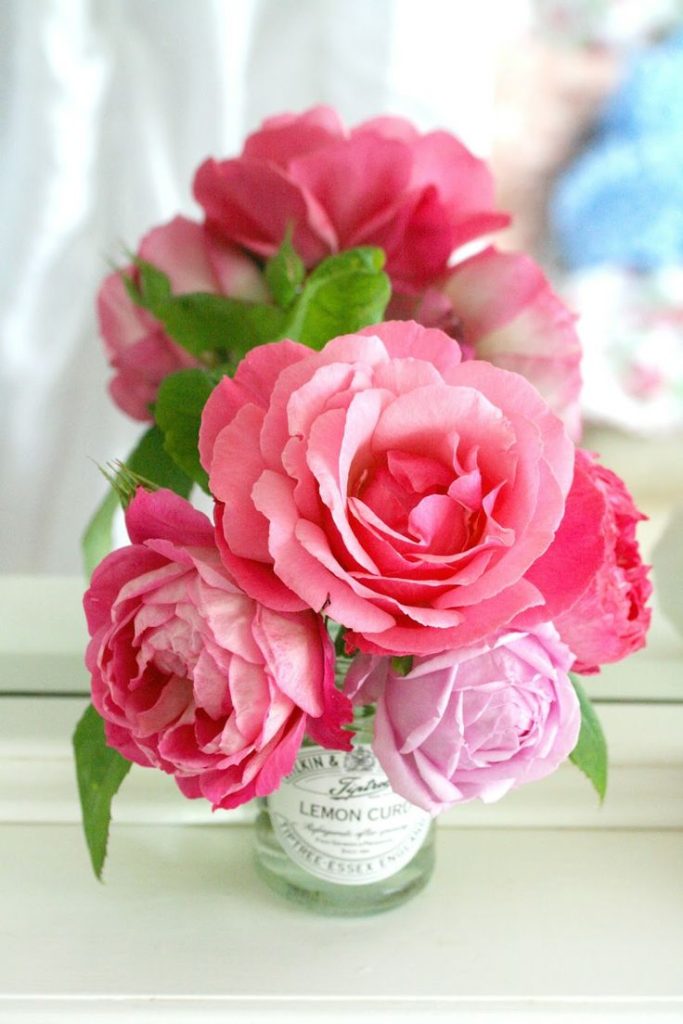
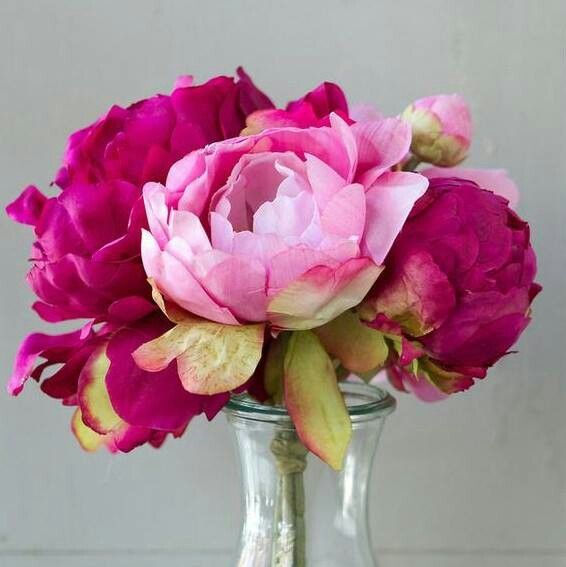
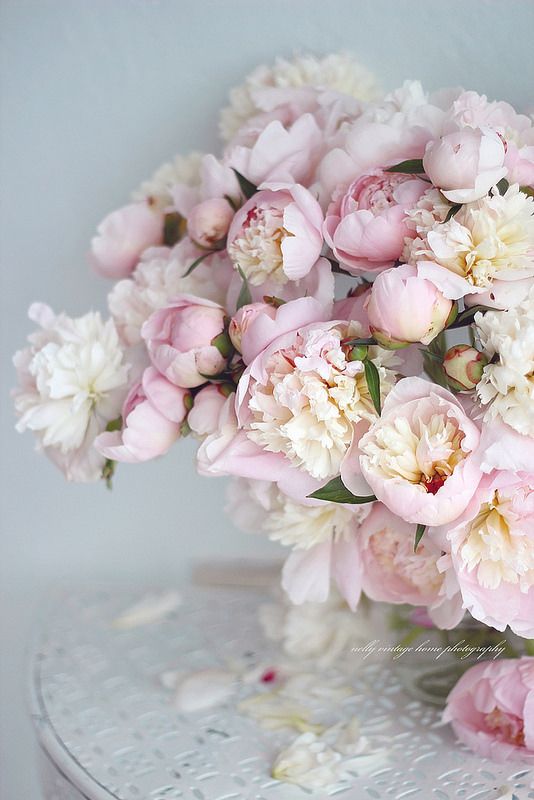
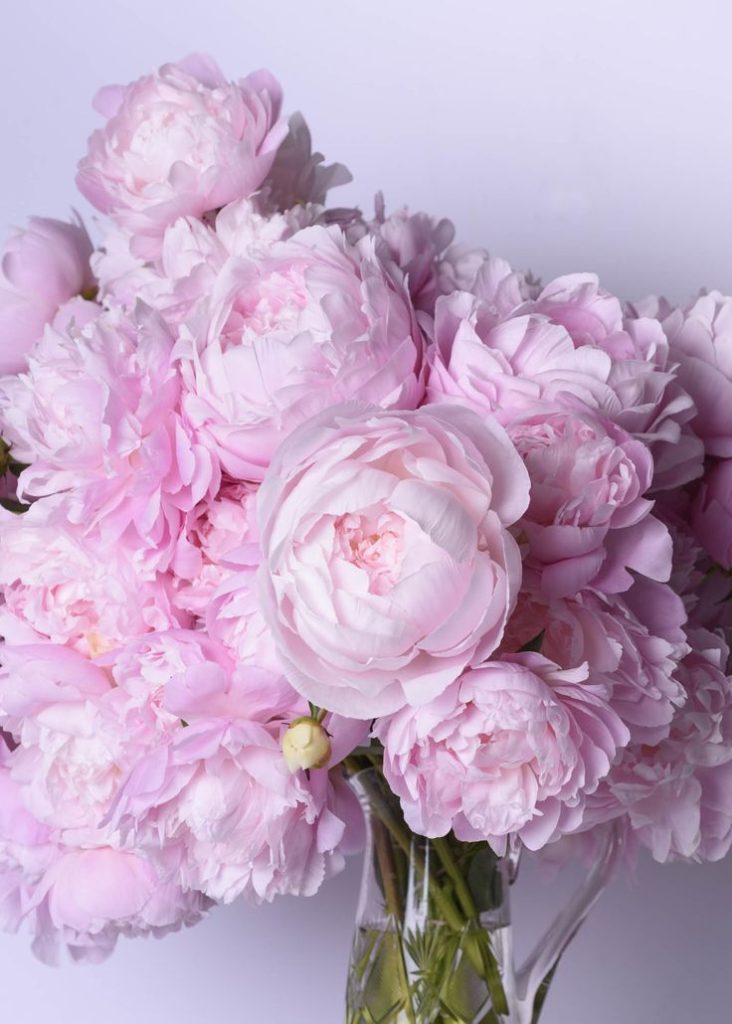
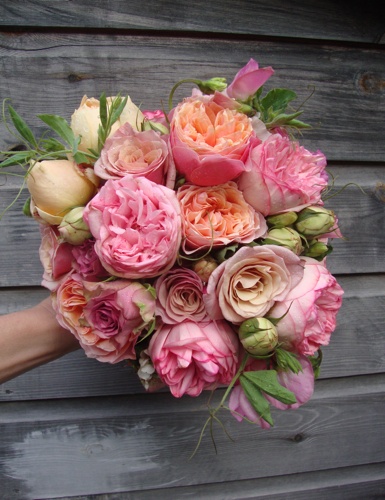
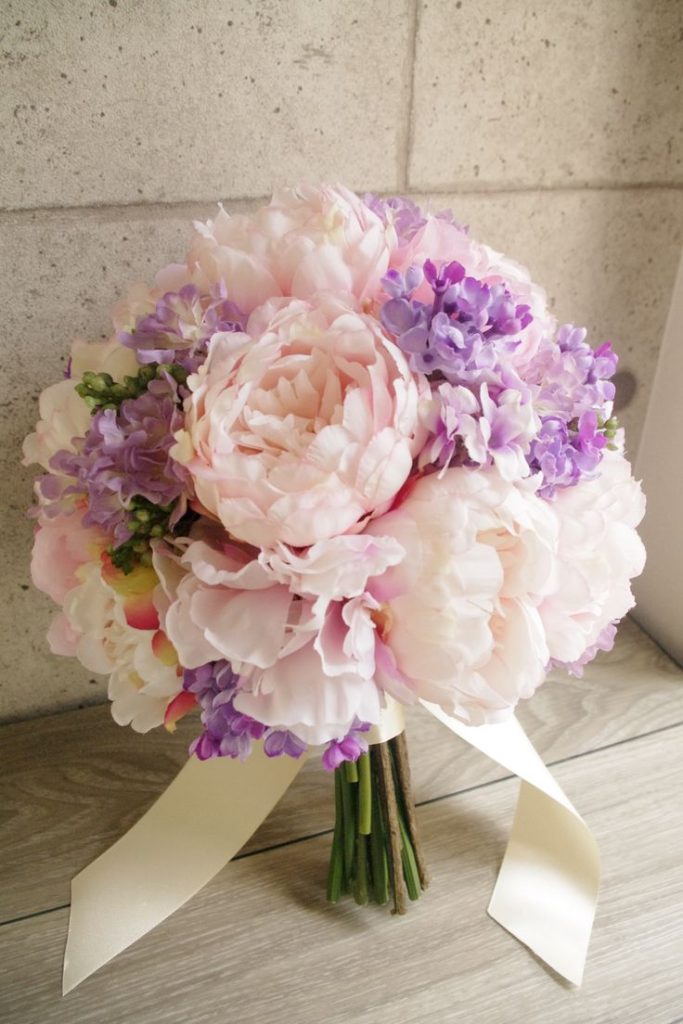
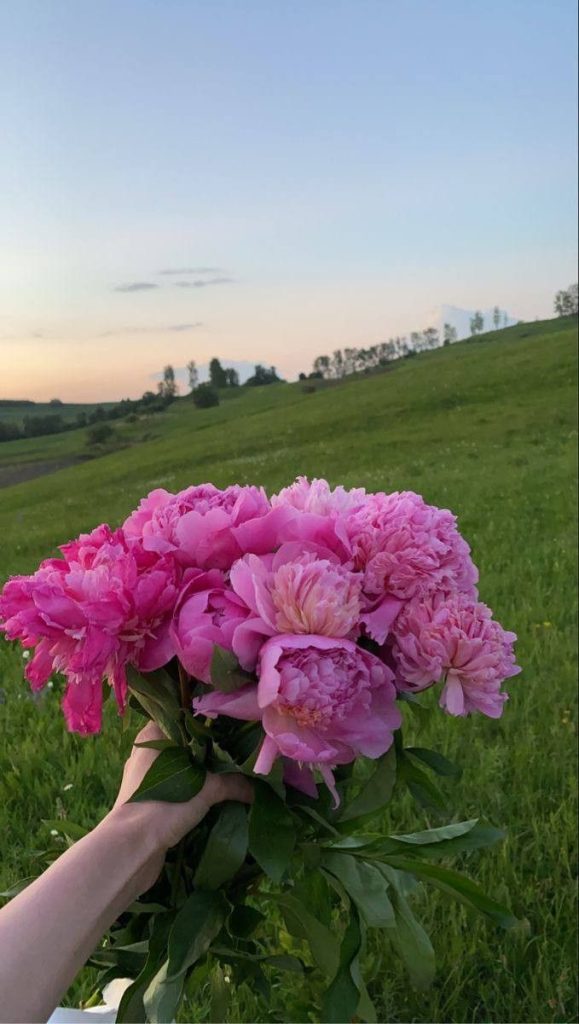
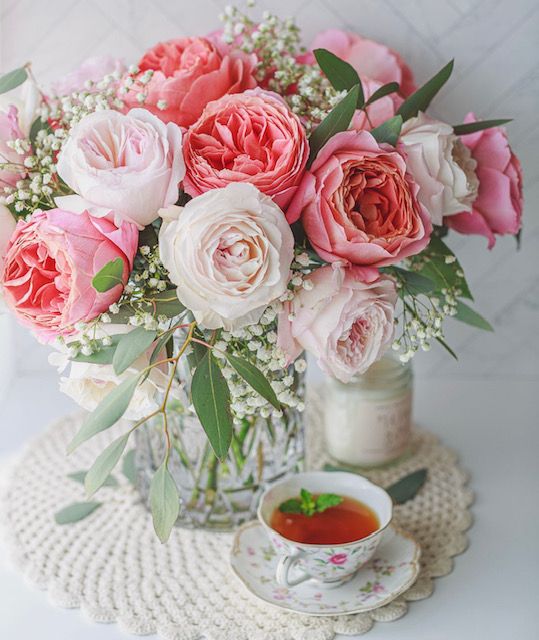
Understanding Edible Flowers
- Versatile Culinary Delights: Edible flowers offer a wide range of flavors, from delicate floral notes to tangy and spicy undertones, making them a versatile addition to various dishes and beverages. Common edible flowers include nasturtiums, calendula, pansies, violets, borage, and chamomile, each imparting its unique flavor profile and visual appeal.
- Nutritional Benefits: Beyond their aesthetic and culinary value, many edible flowers boast nutritional benefits, containing vitamins, minerals, and antioxidants that contribute to overall health and well-being. Incorporating these blooms into your diet adds color, flavor, and nutritional diversity to your meals while supporting your body’s nutritional needs.
Creative Ways to Use Edible Flowers in Garden Designs
- Mixed Flower Borders: Integrate edible flowers into mixed flower borders and beds, combining them with ornamental plants and herbs for a visually stunning and functional garden display. Plant edible flowers alongside culinary herbs like basil, thyme, and rosemary to create a bountiful and aromatic garden that doubles as a culinary paradise.
- Edible Flower Hedges: Create edible flower hedges or borders along pathways, fences, or garden edges to delineate spaces and add an unexpected culinary element to your landscape. Choose edible flowers with a bushy or spreading growth habit, such as nasturtiums or marigolds, to form dense and colorful borders that attract pollinators and delight the senses.
- Container Gardens: Plant edible flowers in containers or raised beds to create portable and versatile garden displays that can be placed on patios, balconies, or decks. Mix and match different flower varieties and colors to create vibrant and eye-catching arrangements that not only beautify outdoor living spaces but also provide fresh and flavorful ingredients for cooking and garnishing.
Tips for Growing Edible Flowers
- Soil and Sunlight: Plant edible flowers in well-draining soil enriched with organic matter and place them in sunny or partially shaded locations that receive at least 6-8 hours of sunlight per day. Adequate sunlight ensures healthy growth and abundant flowering, while well-draining soil prevents waterlogging and root rot.
- Watering and Maintenance: Water edible flowers regularly to keep the soil evenly moist but not waterlogged, especially during hot and dry periods. Mulch around plants to retain soil moisture and suppress weeds, and remove spent flowers to encourage continuous blooming throughout the growing season.
- Harvesting and Using Edible Flowers: Harvest edible flowers in the morning when they are at their freshest and most flavorful, using clean scissors or pruners to snip blooms from plants. Rinse flowers gently under cold water to remove dirt or debris before using them in culinary preparations, and store harvested blooms in a cool, damp cloth or paper towel until ready to use.
Conclusion
Incorporating edible flowers into garden designs adds a touch of elegance, flavor, and culinary creativity to your outdoor space. Whether planted in mixed borders, hedges, containers, or raised beds, edible flowers infuse your garden with beauty and functionality, providing both visual delight and culinary inspiration. By selecting suitable flower varieties, providing optimal growing conditions, and incorporating edible flowers into your garden designs, you can create a garden oasis that delights the senses and nourishes the body. Embrace the edible elegance of flowers and let your garden bloom with both beauty and flavor, transforming your outdoor space into a vibrant and delicious paradise.